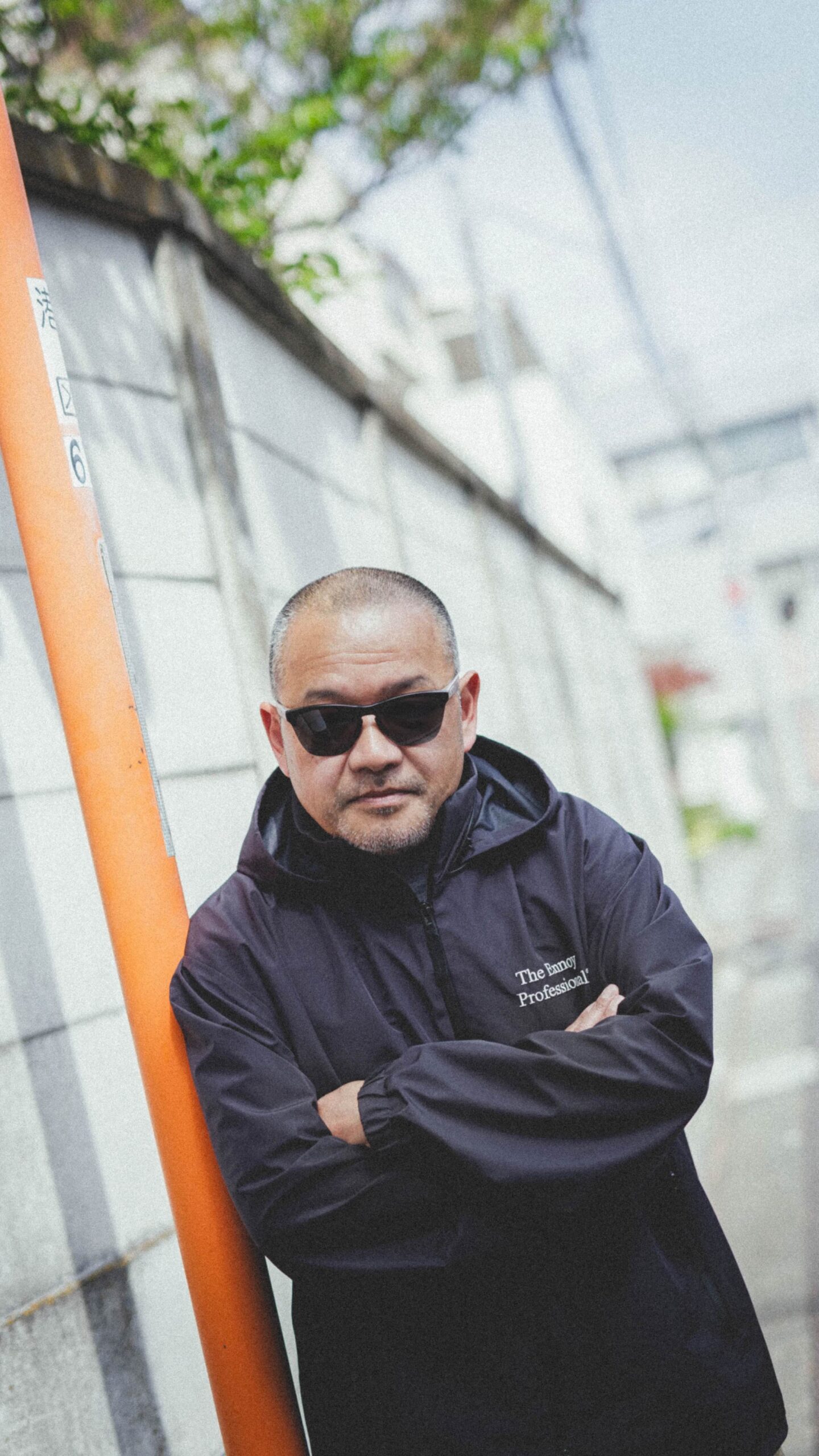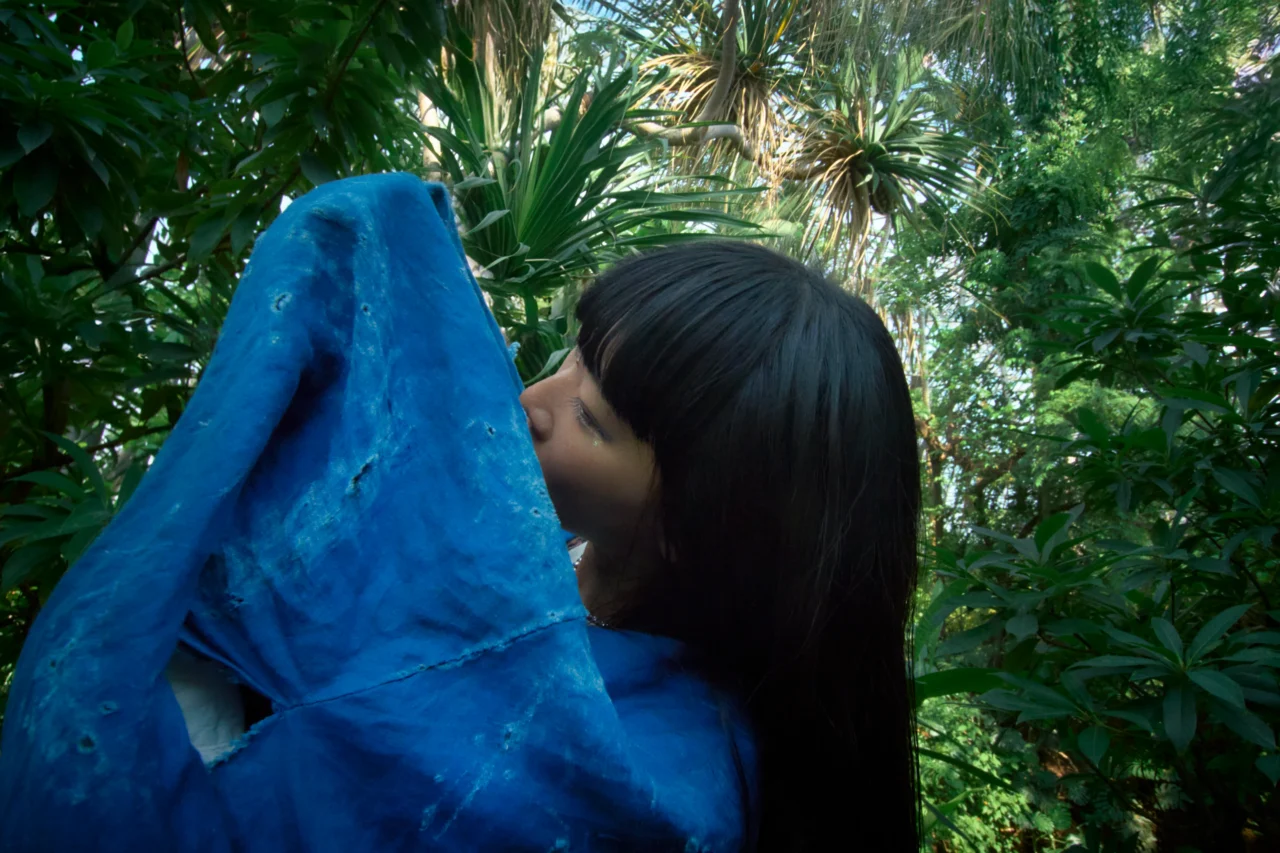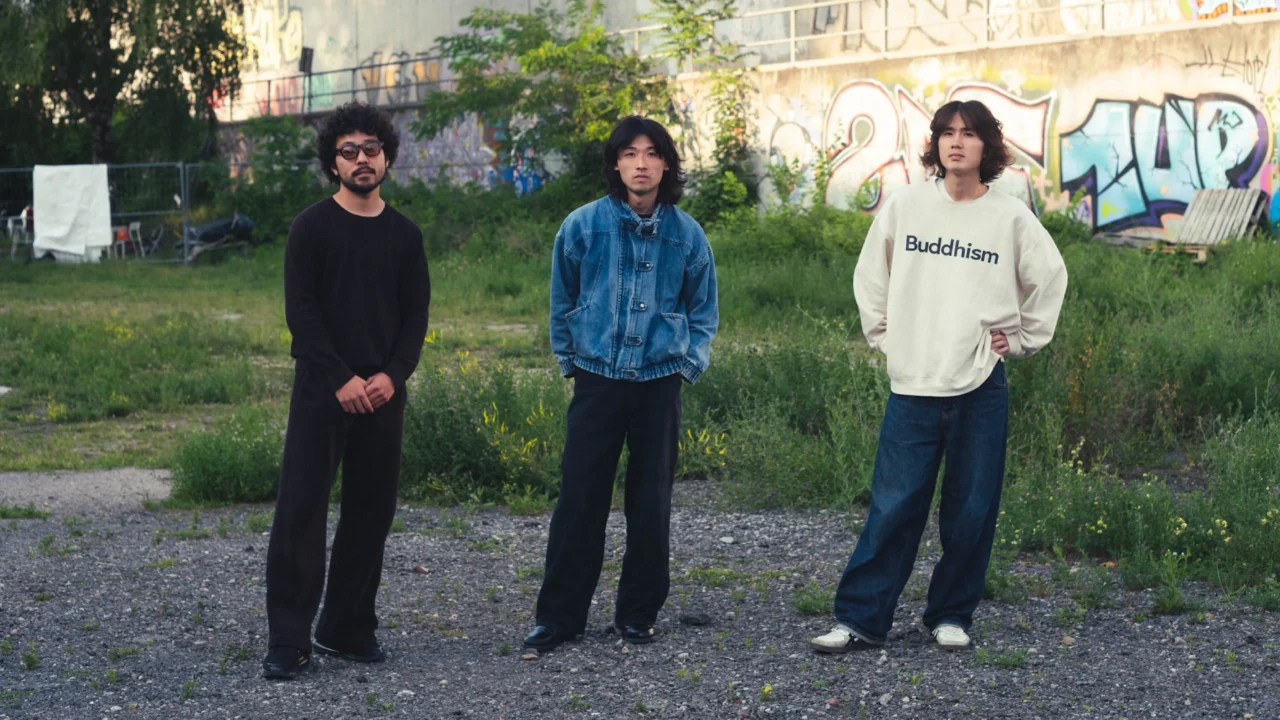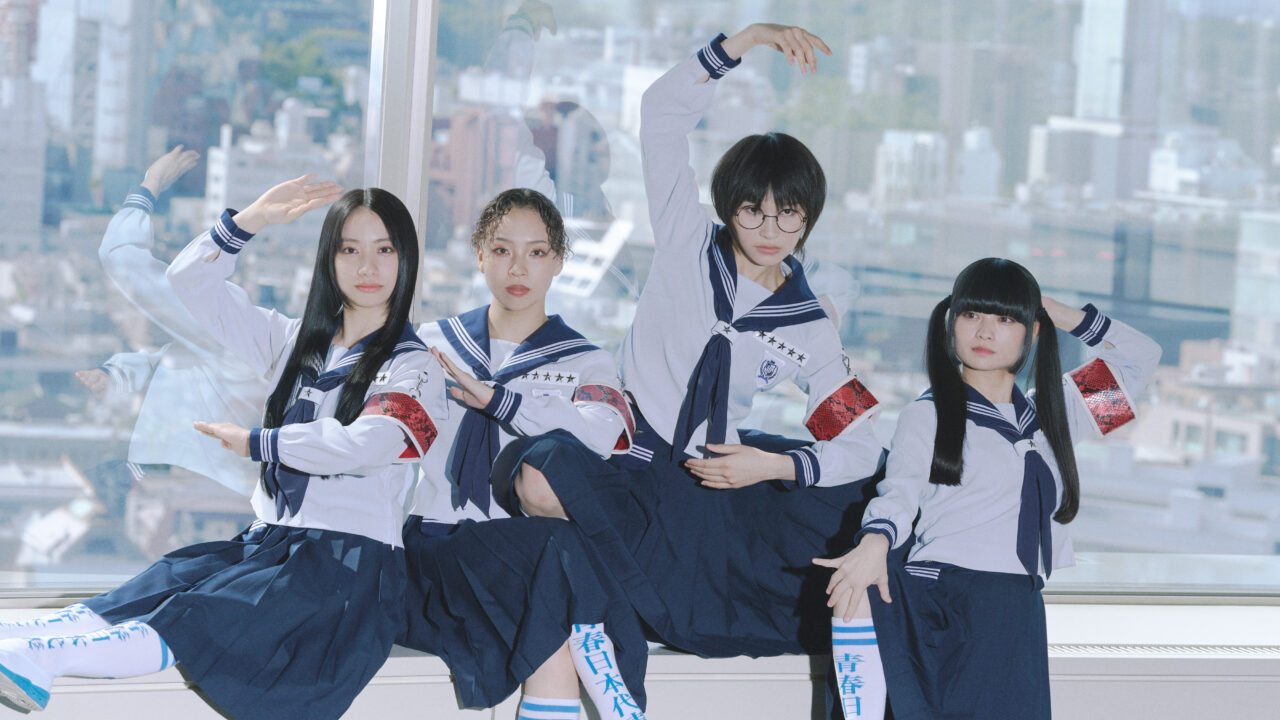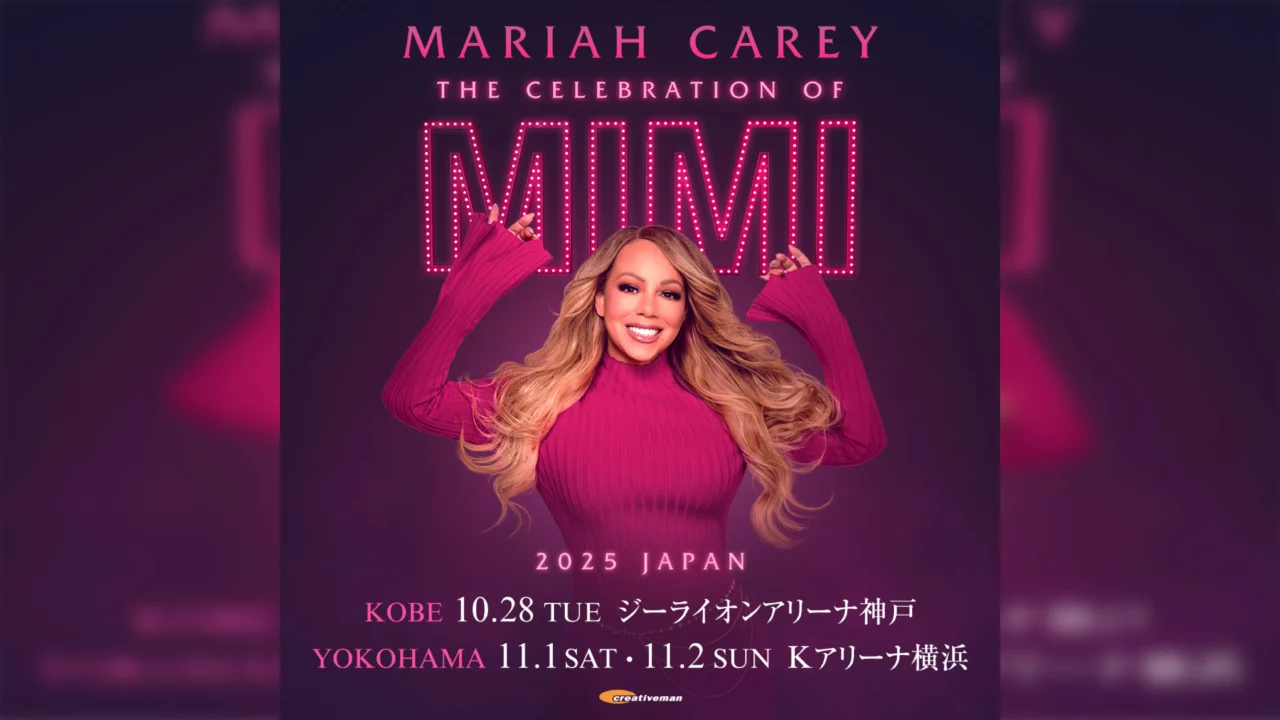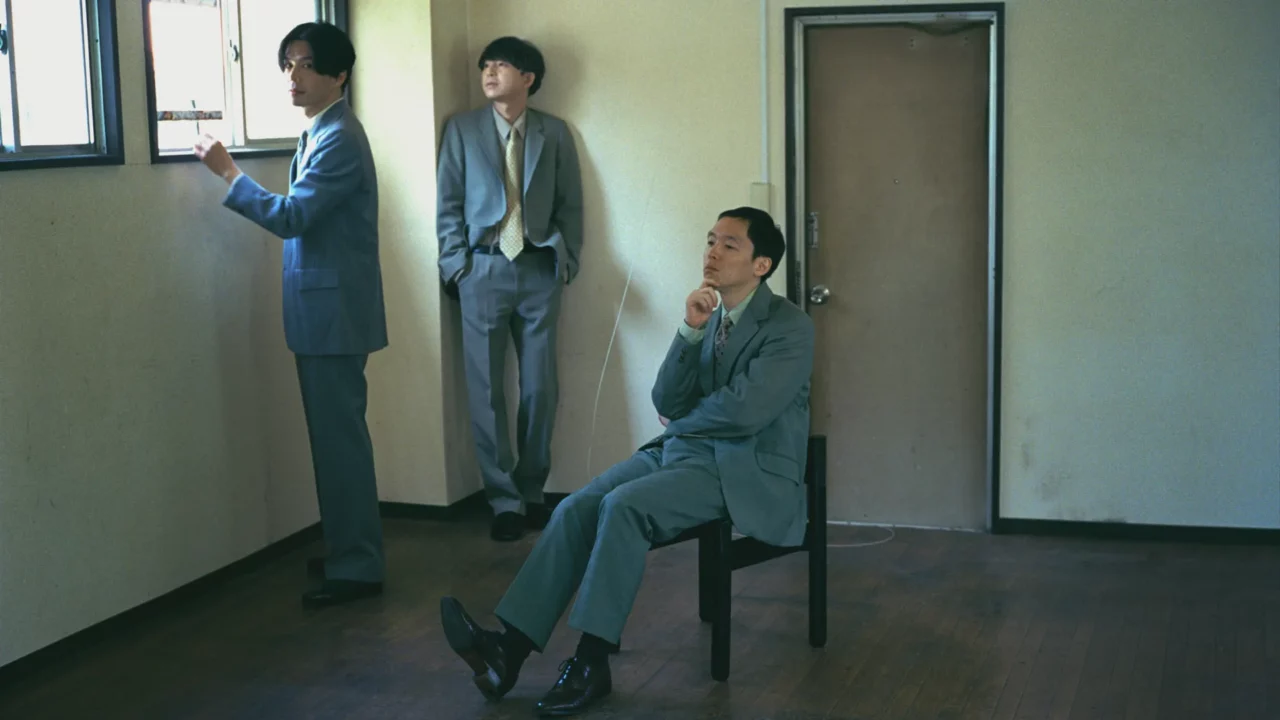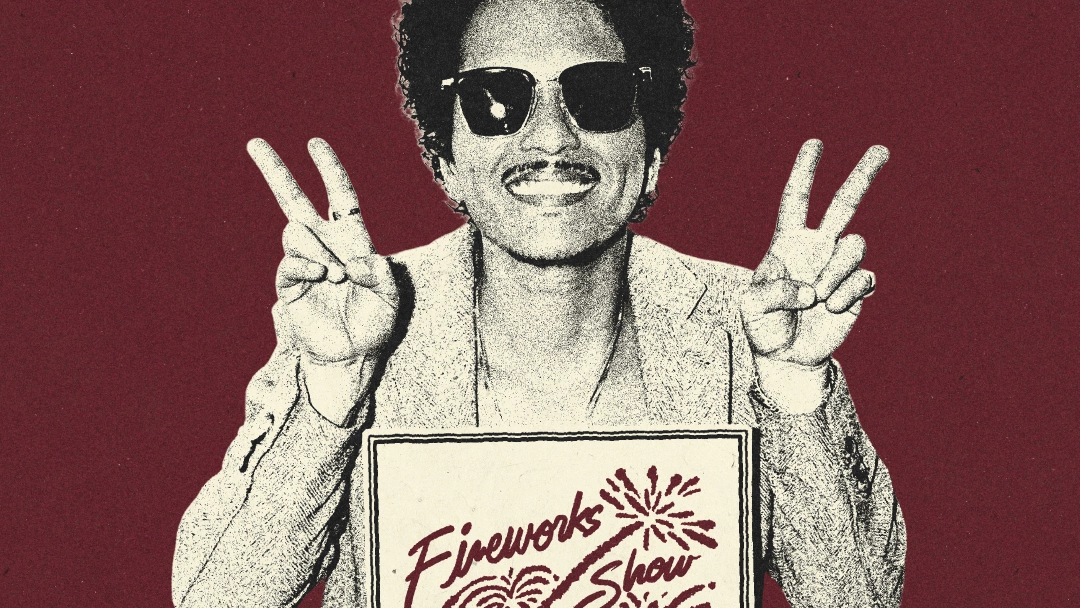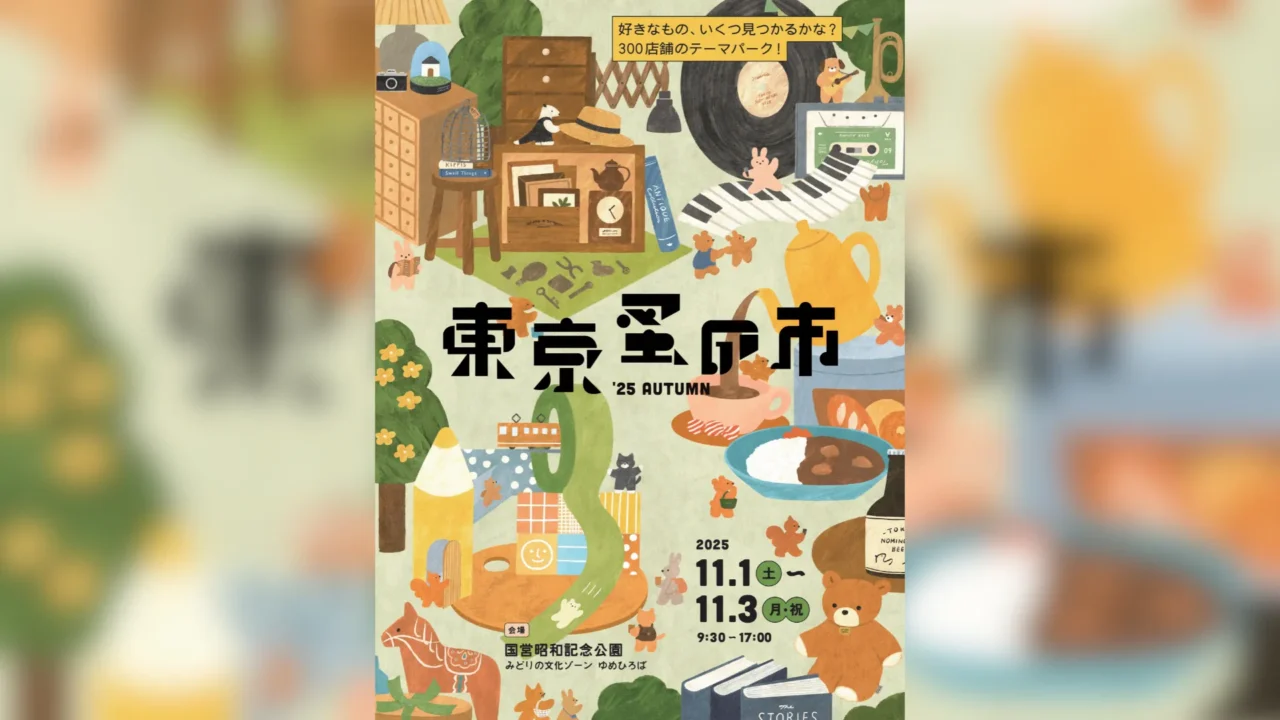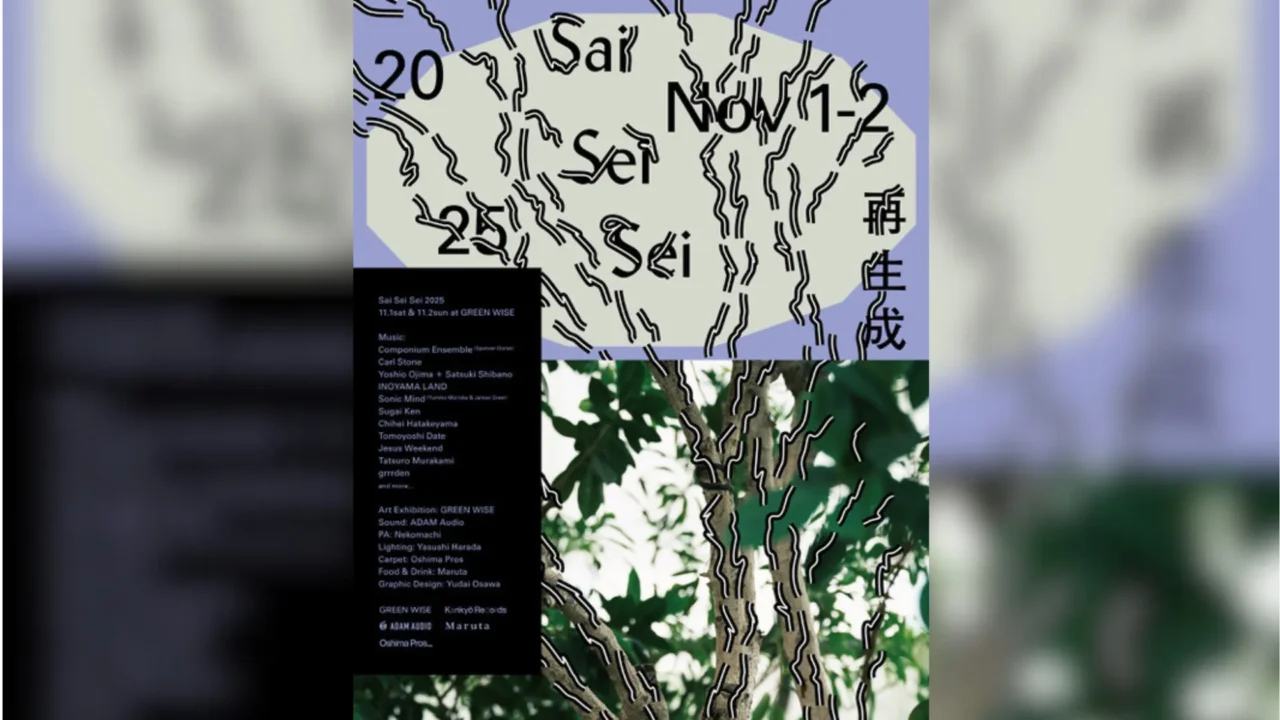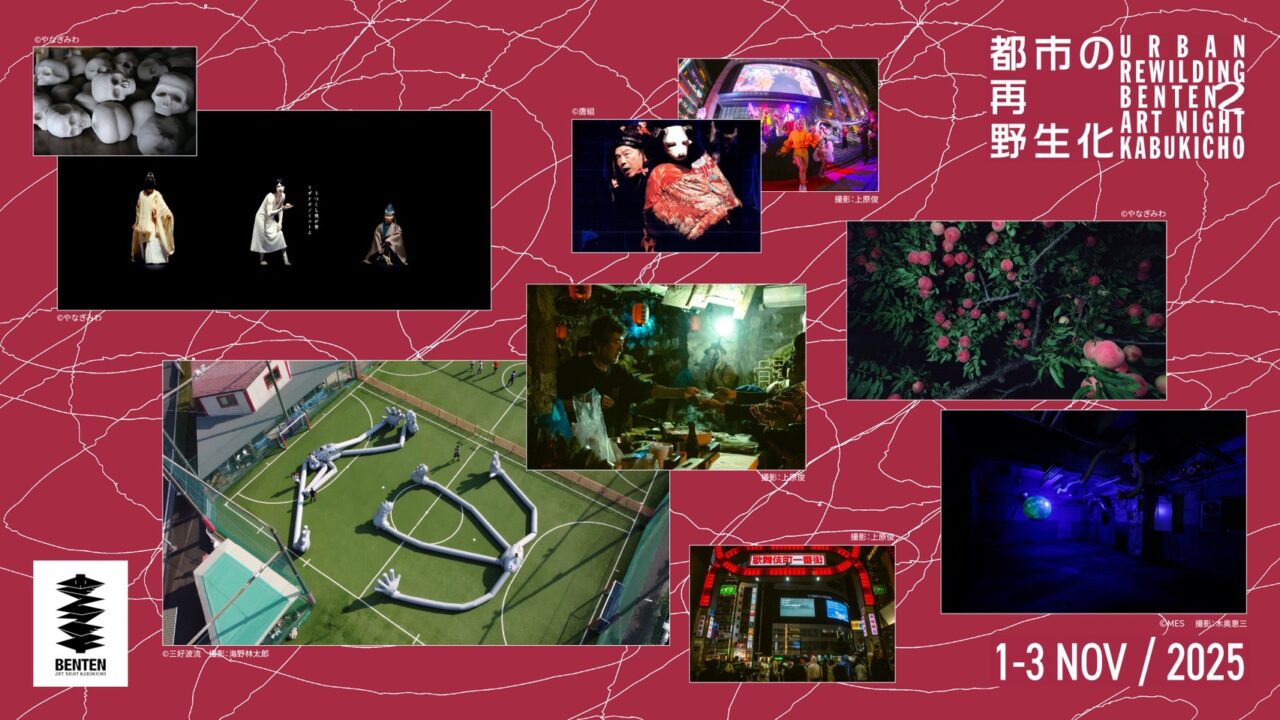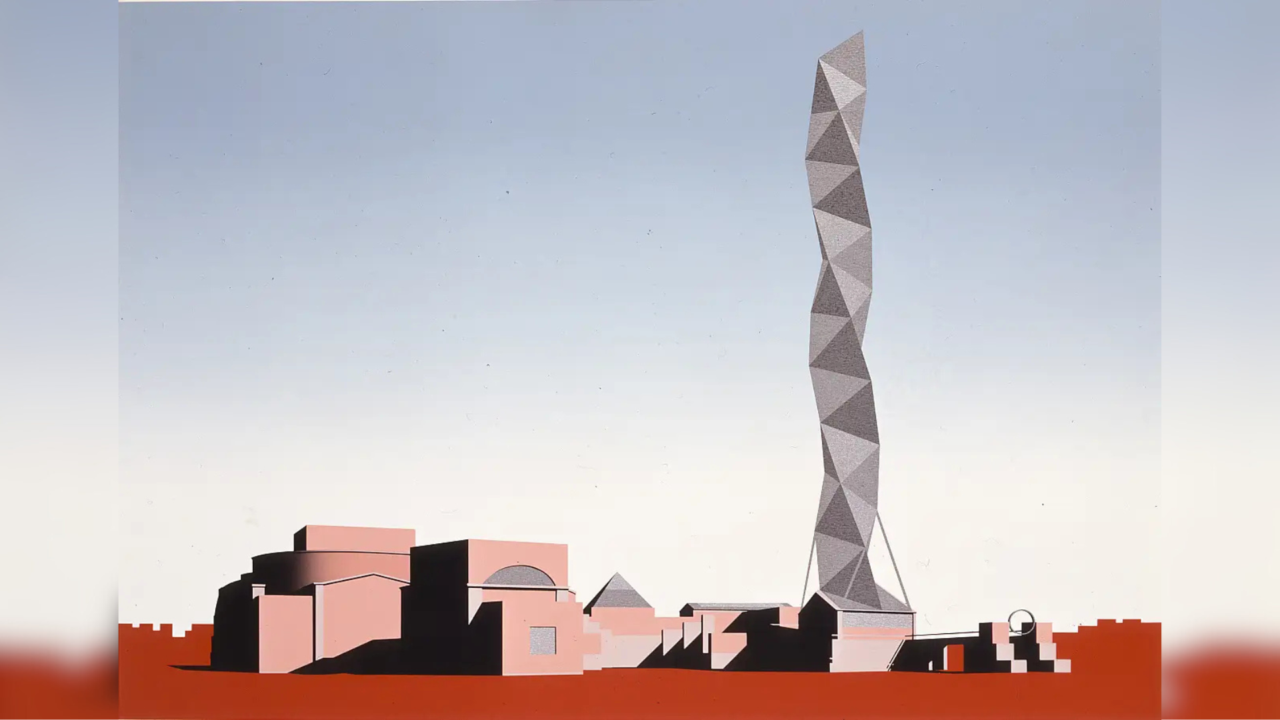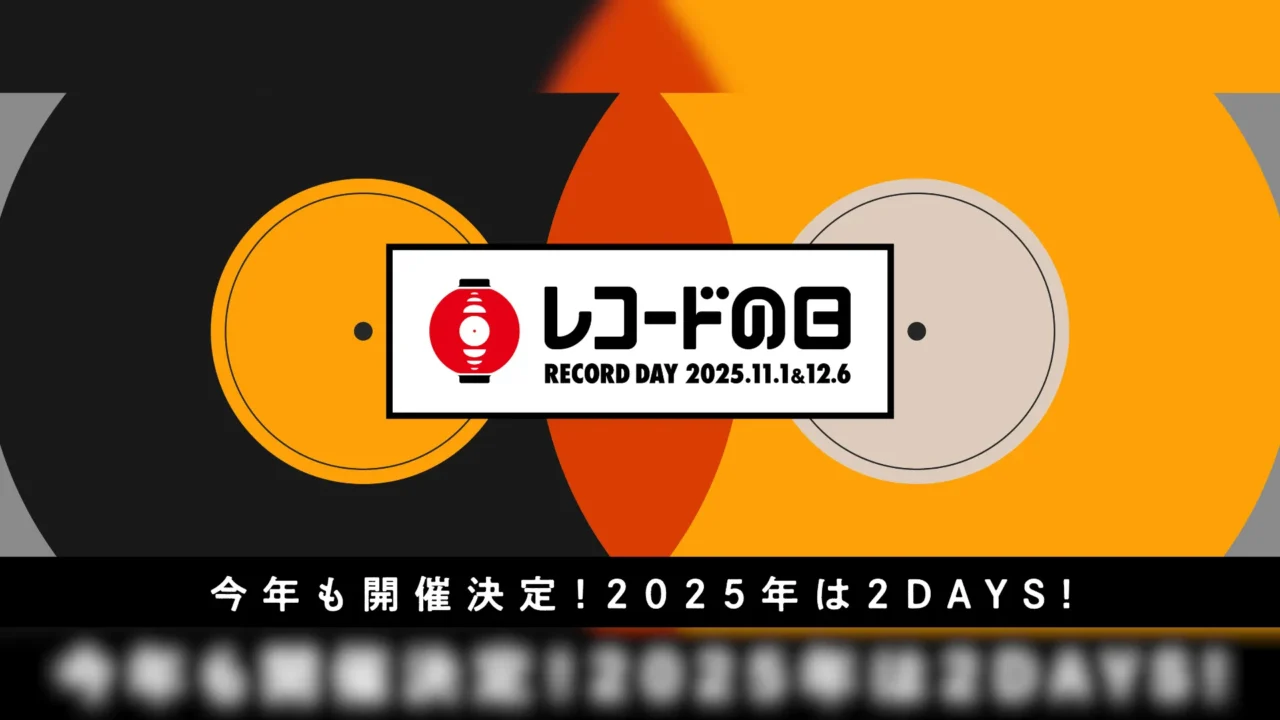There are moments that demand to be preserved not just as memories but as lasting cultural treasures. For Hitoshi Ōne, director of Tokyo Swindlers and longtime collaborator of Shintaro Sakamoto, capturing the live performance of Sakamoto was one of those moments. The result is Shintaro Sakamoto LIVE2022 at Cabaret New Hakuba, a film shot on evocative 16mm film that premiered on Netflix on May 1, 2025.
Known for directing the iconic footage of Yura Yura Teikoku’s Hibiya Open-Air Concert, Ōne poured his passion and vision into this independent project determined to create something that would endure far beyond the night of the show.
In an exclusive interview with music writer Ryohei Matsunaga who also played a role in choosing the unique venue they explore the motivation behind the film the deliberate choice of 16mm and the deep bond between the director and the musician stretching back to the Yura Yura Teikoku days.
INDEX
“Preserving Shintaro Sakamoto’s Live Performance.” The Sense of Mission Carried by Hitoshi One
Let’s begin by talking about how the live shoot at Cabaret New Hakuba in Yatsushiro, Kumamoto Prefecture actually came to be. I was a bit involved in that from the very start.
Hitoshi Ōne: Yes, that’s right. It happened around January 2020. I had the opportunity to have dinner with Shoichi Kuroki, a Fuji TV producer who sadly passed away last year in 2024. You were also at that dinner.
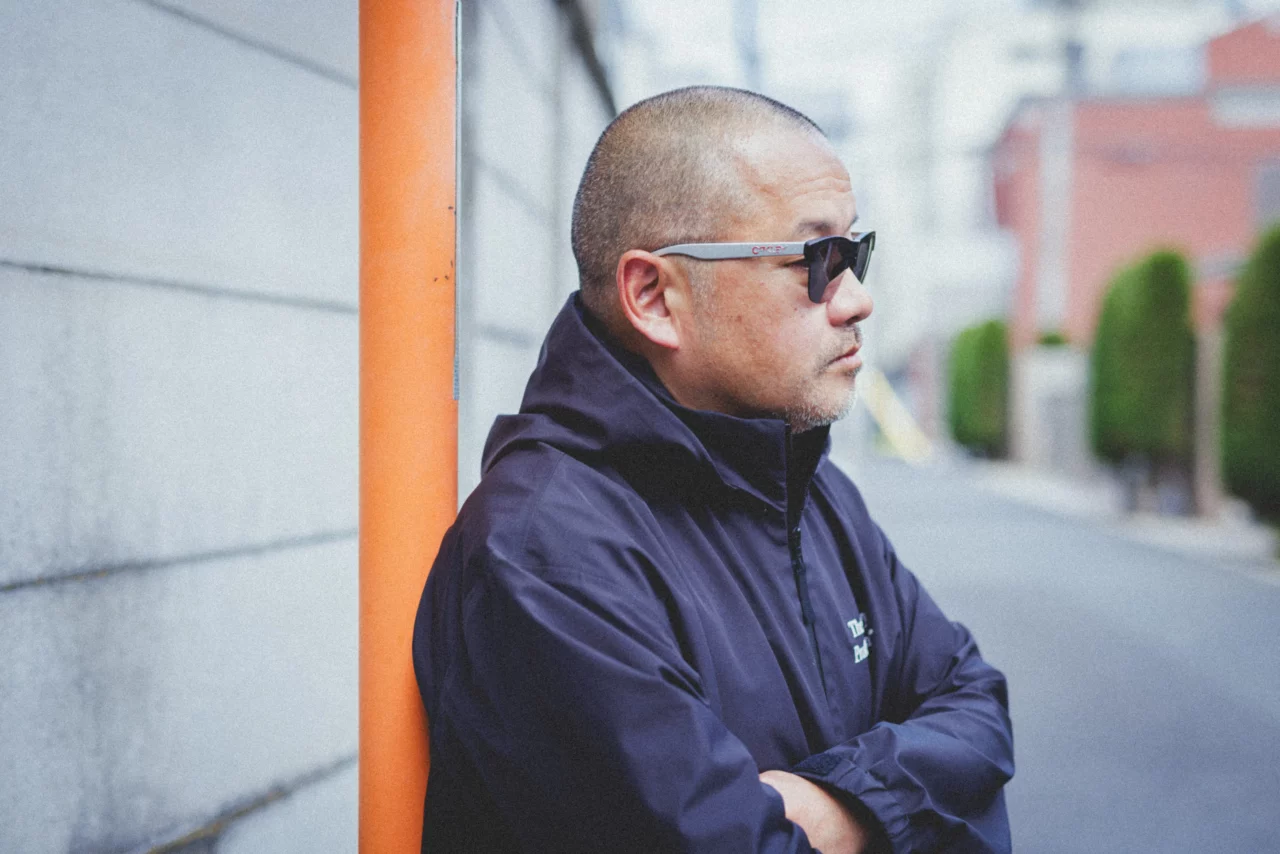
Video director born in Tokyo on December 28, 1968. Known for his distinctive touch on late-night dramas like Tada’s Do-It-All House and the iconic concert film Yura Yura Teikoku 2009.04.26 LIVE @ Hibiya Open-Air Concert Hall, Ōne made a powerful entrance into feature films with his debut Moteki in 2011. Since then, he has crafted compelling stories both behind the camera and on the page with works such as Bakuman., SCOOP!, and Sunny: Tsuyoi Kimochi Tsuyoi Ai. In recent years, his creative reach has expanded to directing the intense drama Elpis — Hope or Disaster and helming the Netflix series Tokyo Swindlers, showcasing his talent for blending emotional depth with striking visuals.
This was just before the pandemic hit. Since Ōne and I are the same age and had spent time in similar circles when we were younger, he had taken an interest in my book. Because I was friends with Kuroki, the Fuji TV producer, it naturally led to us meeting.
Ōne: During that dinner, Matsunaga told me about New Hakuba, a grand cabaret with a unique atmosphere in his hometown of Yatsushiro City, the last of its kind in Japan. Matsunaga said, “I’ve always dreamed of seeing Shintaro Sakamoto perform there.” I didn’t know about New Hakuba before, so I looked it up right away and was impressed. That night, we got excited and said, “If this actually happens, it would be incredible.” That was how it all started.
But it wasn’t immediate. In 2022, when the “Like A Fable” tour schedule was announced and New Hakuba was included, I thought, “That’s it!” At first, I just planned to go watch the show like any other fan.
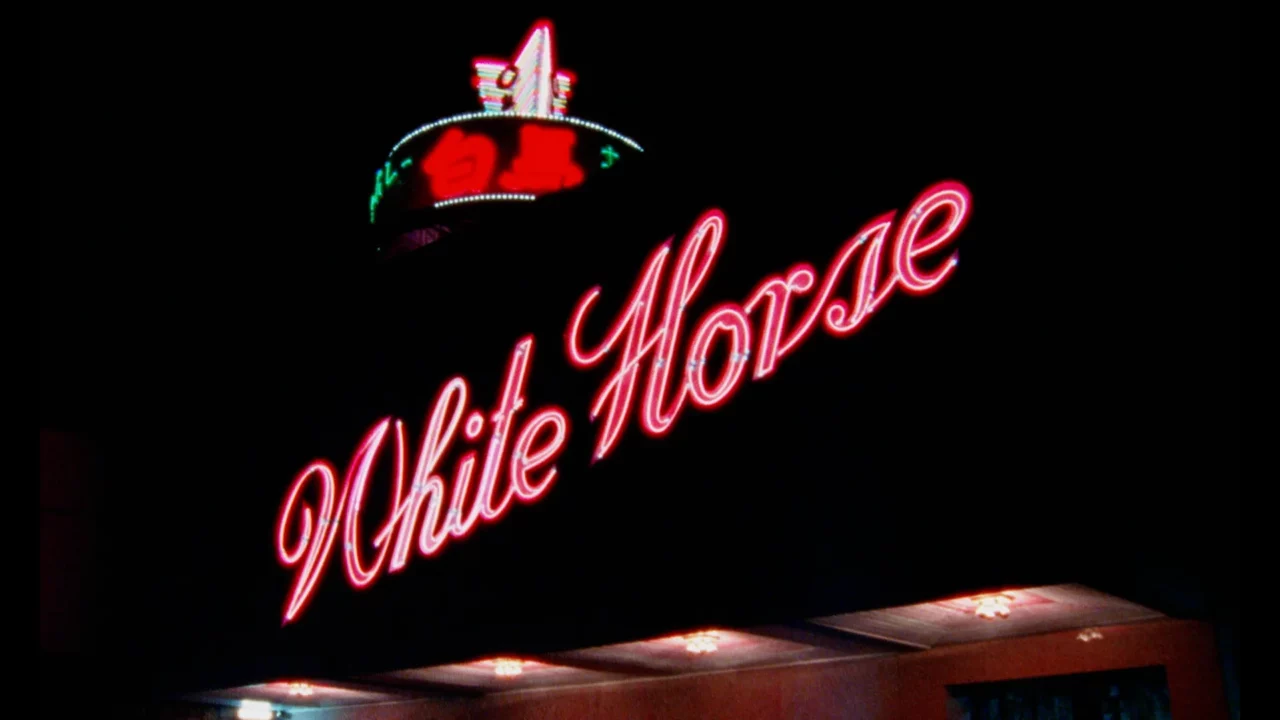
Just as an audience?
Ōne: Yes, that’s right. But then, suddenly, I thought, “I want to film that live show…” Since Shintaro Sakamoto released four solo albums and started live performances in 2017, I had been watching him all along. If I may say so, I felt the band had really come together. The variety of songs, the musicianship, the performance, and the energy from the audience — everything had grown stronger. I thought, “I want to film this current Sakamoto band! This concert absolutely must be preserved on film!” It felt almost like a calling.
I get that. And the setting was perfect too.
Ōne: But I knew from Sakamoto’s Yura Yura Teikoku days that he wasn’t really interested in recording live performances. Still, this time I really wanted to film it. The feeling that this should be preserved as a cultural treasure kept growing inside me. One night, I decided to ask Sakamoto directly. I emailed him saying, “Hakuba is amazing. I want to film the live show there.”
How did he respond?
Ōne: As expected, he said he wasn’t really interested [laughs]. But after a few exchanges, I proposed, “Then I’ll film it independently as a personal project. Would you allow that?” And he said, “If you’re filming it on your own, that’s fine.” So, I was granted permission strictly as an independent project inspired by my own passion.
Around that time, I was shooting the TV drama Elpis — Hope or Disaster (2022). The cinematographer on that project was Yutaro Shigemori, who isn’t just a drama cameraman but also worked on music videos for Cornelius. Shigemori is a big fan of Sakamoto’s music. When I told him on set, “I’m going to film Sakamoto’s live show,” he said, “I want to shoot it.”
It feels almost fated that you were directing Elpis at the same time. That drama’s visuals were incredible.
Ōne: When we looked at photos of the inside of New Hakuba, Shigemori said, “If we’re going to film Sakamoto here, wouldn’t 16mm film be a perfect fit?” That idea never occurred to me. Shigemori mainly shoots on film rather than digital. The look of 16mm film is unique — it’s not as sharp or detailed as 35mm film, but it has a special charm and texture. I thought, yeah, that might actually work. But filming on actual film costs money. Luckily, Kodak and Imagica had a program to support 16mm film productions to keep the format alive, covering costs like film stock and development if the project qualified as a movie or video work. Shigemori reached out to them, and in the end, they agreed to support us. That was when things really started moving forward.
INDEX
The Struggles Behind the 16mm Shoot With Just 2 Cameras in Action
That said, there must have still been a lot of challenges to overcome, right?
Ōne: Absolutely. 16mm film cameras just aren’t used much on sets anymore. Even if we could gather the cameras and operators, we also needed skilled assistants to handle the film changes.
I didn’t realize it myself until I saw it firsthand, but each camera needs a three-person team. It reminded me of Bunraku puppeteers—three people all working in sync around one camera.
Ōne: That’s right. Each roll only gives you about 11 minutes of footage, and when it runs out, you have to swap it immediately. But you can’t just switch it out casually—you have to cover it with a black cloth to avoid exposure, and loading the film into the magazine is practically a craft in itself. We had to bring in assistants who were trained in that kind of precision work. On top of that, we had to coordinate with a crew for cranes and dolly tracks—specialized equipment. In total, we had a 30-person team.
We also hunted down six operational 16mm cameras from all across Tokyo. After doing a thorough location scout, we were finally ready for the big day: December 5.

Was there anything you realized only after actually visiting New Hakuba?
Ōne: The stage was a bit darker than I expected—well, it is a cabaret after all. But with film, you need a certain level of light to shoot properly. So for the actual show, I brought along Hikaru Chikamatsu, who had worked as an assistant chief lighting technician on Elpis, to help add some side lighting. More than anything though, just seeing the space with my own eyes, I thought this place is seriously incredible. The idea of Shintaro Sakamoto performing here just got me even more excited.
During the show, you were up on the second floor, right?
Ōne: Yeah. I think it used to be part of the seating area, but it had been converted into something like a control room. That’s where I set up base, watching the monitors and giving directions to the camera operators via intercom. It’s the standard way to shoot live concerts. But with digital, the monitors give you a clean, high-res image. With 16mm, we had to use these old-school monitors called “bizicons,” and the footage looked like some grainy bootleg from the Showa era—just awful quality [laughs]. So the whole time I was watching these rough images during the performance, I couldn’t help but worry a little, “Are we really getting the shots we need?”
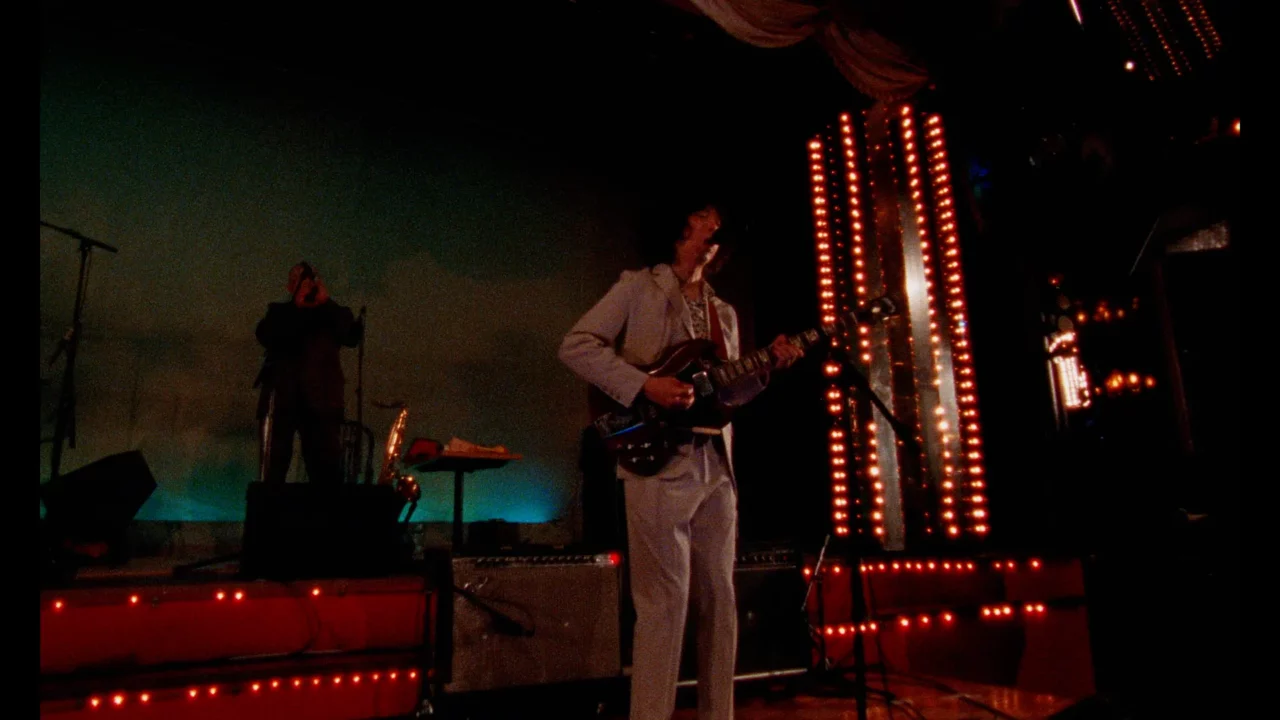
Were you also keeping track of the timing for film changes for each camera?
Ōne: I had all of Sakamoto’s songs memorized, so I could generally direct the flow and camera work for each track. Of course, if we’d rolled all the cameras at once from “Ready, action!” we’d end up with periods where none were running. So we staggered the start times intentionally.
There were actually moments in the middle where only two cameras were rolling. In those cases, I’d get on the intercom and tell the operators, “Only two cameras are on right now—do not miss this shot!” It added this extra layer of tension and thrill to the shoot.
These days, concert films tend to be packed with dozens of cameras and rapid-fire cuts. But at New Hakuba, you were working with just six cameras, and on top of that, having to stop every 11 minutes for film changes. So there are a lot of long takes in the final cut.
Ōne: Exactly. I think the limitations in equipment and setting actually worked in our favor. As I mentioned, we added just a touch of lighting, but it was barely noticeable to the audience. For the most part, we relied entirely on the lighting that was already installed at the cabaret.
Even the lighting operator we brought in was someone local who usually handles regional events. The control board didn’t even have faders, just these chunky on/off switches you slam down. When you hit one, it would change the background color or make the decorative light columns on both sides start spinning.
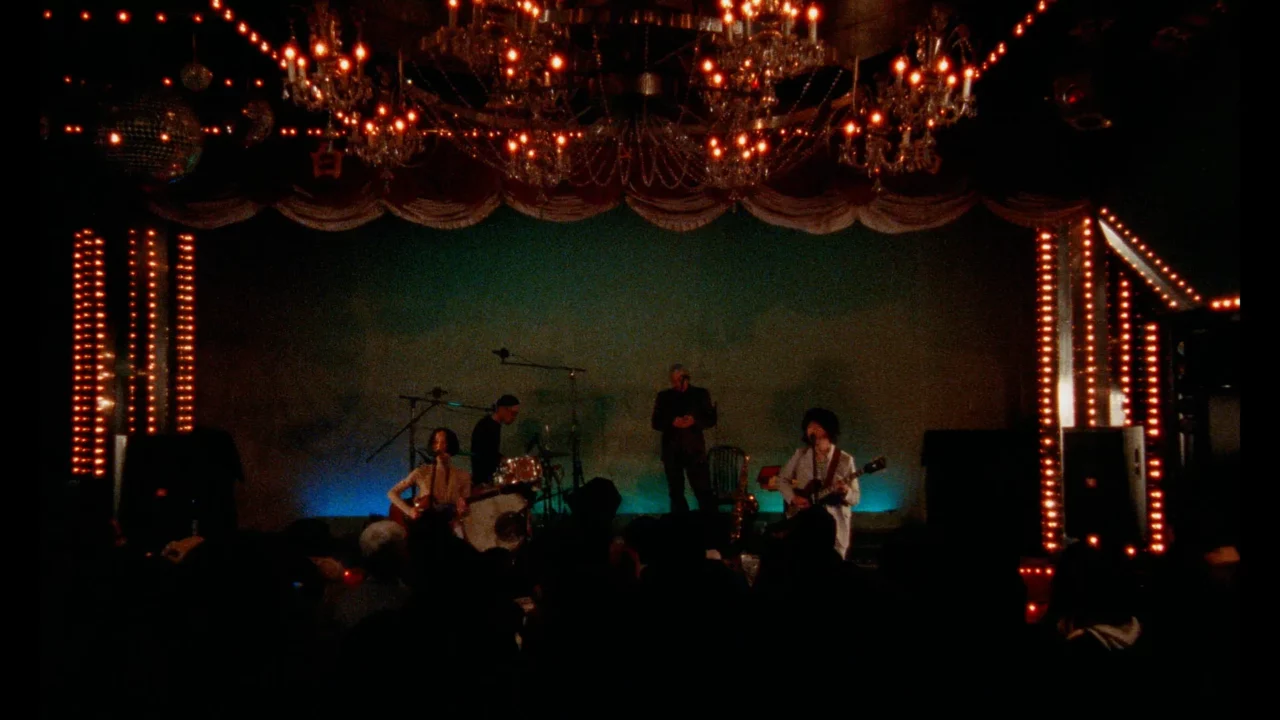
And those spinning columns were definitely a highlight! [laughs]
Ōne: They were incredible—and had this wonderfully improvised, handmade charm to them. [laughs] Of course, we had professionals working on the shoot, but the atmosphere was almost the opposite of polished. It felt like a true passion project, with all the energy of a DIY production.
Also, compared to Tokyo audiences, who tend to be intensely focused, like “Okay, I’m here to watch this seriously.” The crowd at New Hakuba was much more laid-back. People were chatting during the songs, heading to the bar mid-set to grab drinks… It was still during the later phase of the pandemic, but there was this loose, easygoing energy that just felt right. The band picked up on it too—you could feel the exchange between them and the audience. As we kept filming, I could tell we were capturing something real and vibrant. Even if the monitor image was grainy beyond belief. [laughs]




